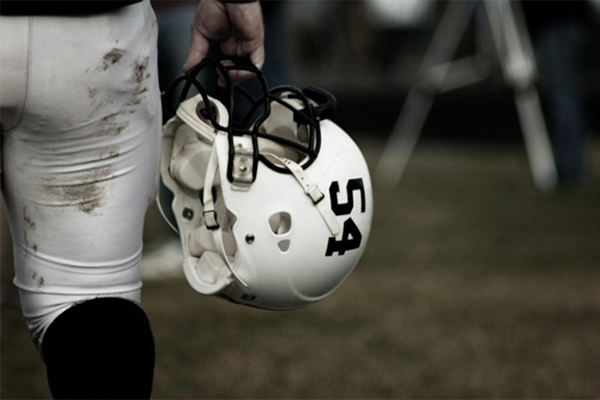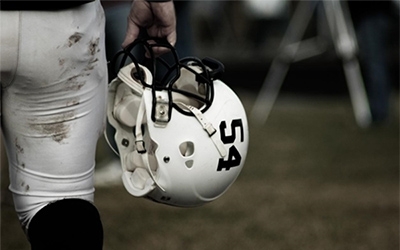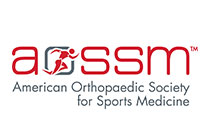
Groin injuries can sideline even the most disciplined athletes in high-performance sports such as football, hockey, tennis, and beyond. While many players recover enough to return to the field or rink, a surprising number continue to struggle with lingering pain or performance limitations. Often, the missing link is a comprehensive reconditioning phase. This step is critical for restoring full strength, mobility, and endurance, and ultimately ensuring a safe and effective return to competitive play.
Why Groin Injuries Are Tricky to Fully Recover From
The groin area involves a complex network of muscles, tendons, and joints that work together during nearly every athletic movement. Sports that demand quick changes in direction, explosive acceleration, or repeated kicking, such as soccer, hockey, and tennis, place significant stress on this region. Without complete rehabilitation, athletes risk reinjury or compensatory problems in other areas such as the hips or lower back.
The Problem with Skipping Reconditioning
Standard treatment for a groin injury often focuses on rest, pain reduction, and gradual reintroduction of movement. However, athletes who stop there may regain only part of their pre-injury strength and flexibility. Reconditioning bridges this gap by restoring full muscle balance, dynamic stability, and sport-specific movement patterns. These are critical factors for both performance and injury prevention.
What Effective Reconditioning Involves
A well-designed reconditioning program addresses more than just the injured tissue. Key elements include:
- Strength restoration of the adductors, hip flexors, and core muscles.
- Flexibility work to prevent compensatory tightness.
- Neuromuscular training for better coordination and balance.
- Progressive loading to simulate game intensity.
- Sport-specific drills that replicate on-field demands.
Each program should be tailored to the athlete’s sport, position, and performance goals, ensuring a precise and complete recovery.
The Role of Diagnostic Assessment
Advanced imaging and functional testing help determine whether the injury is fully healed or if underlying issues remain. Identifying residual weakness, instability, or movement dysfunction allows for targeted interventions before the athlete returns to competitive play.
Long-Term Benefits of Proper Reconditioning
Athletes who complete a structured reconditioning phase often experience improved strength, agility, and resilience, not just in the groin but throughout the kinetic chain. This not only supports optimal performance but also reduces the risk of future injuries, keeping them active in their sport for longer.
If you’ve had a groin injury and are eager to get back to full competition, don’t overlook the importance of reconditioning. To ensure a complete recovery and reduce your risk of reinjury, book an appointment with Dr. Srino Bharam for a comprehensive evaluation and personalized return-to-play plan.
AUTHOR: Srino Bharam, MD, MBA, is a board-certified, fellowship-trained sports medicine orthopedic surgeon and professor of orthopedic surgery specializing in the treatment of athletic injuries of the hip and groin. Dr. Bharam has over 20 years of experience in treating injuries and conditions of the hip to restore athletes and patients to an active lifestyle.












